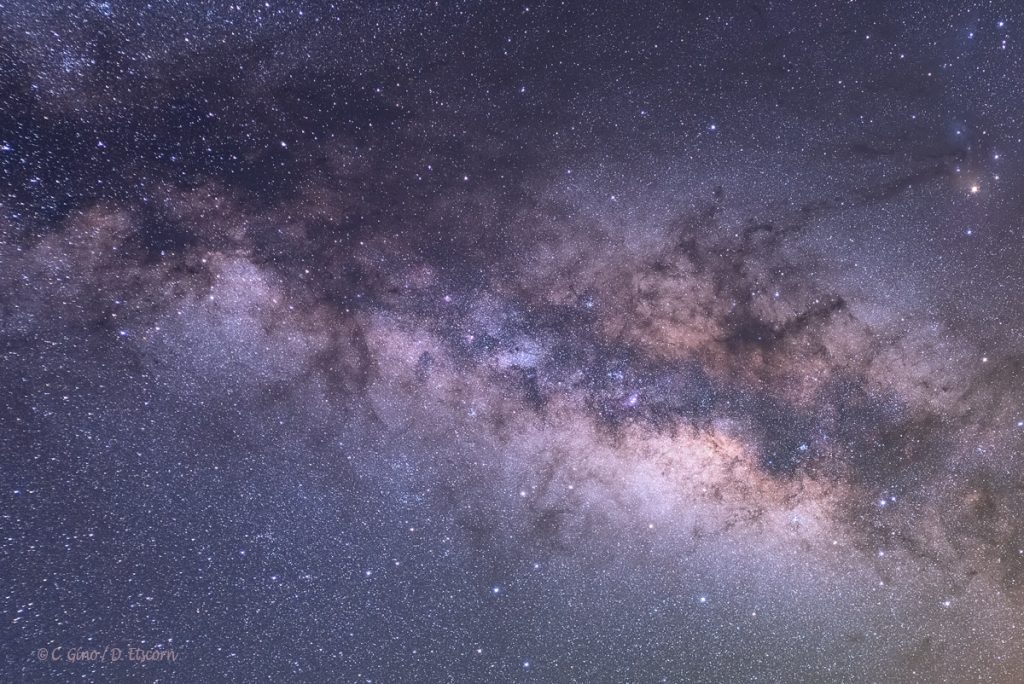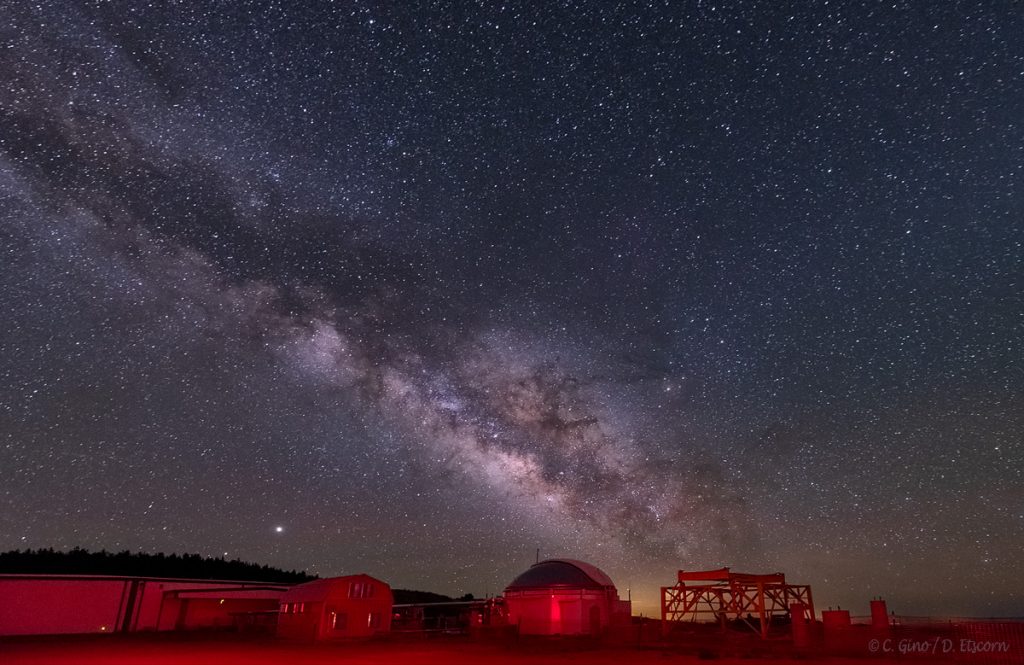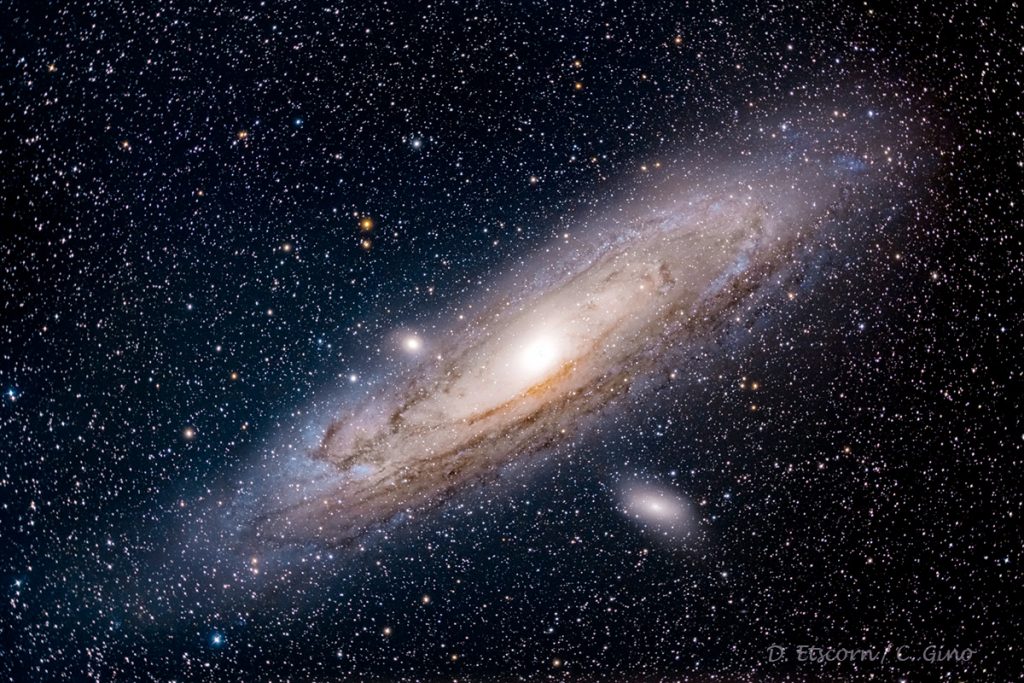Fall is just around the corner, which means cooler days, longer nights, and for those of us in the southwest, clearer skies as the monsoon season draws to a close. This is also the last chance to view our own Milky Way’s galactic center before it sinks below the horizon for the winter.

The Milky Way is a fairly faint and extended object, so you’ll want to wait until it is fully dark (astronomical twilight) to observe. I use the smartphone app LunaSolCal to find when astronomical twilight begins for my location, but this information can be found many other places such as your favorite weather website.

Since any kind of light including moonlight will interfere with your observations, you’ll get your best view from a dark sky site on a moonless night. Tonight the Moon is new, so you have a couple of dark nights before the Moon starts to interfere with your observations.

Now that we know how, when and where to view the galactic center, what is it that we’re actually viewing? As you may recall, the Milky Way is a spiral galaxy composed of anywhere from 100 to 400 billion stars. Seen face on, it probably looks much like one of our neighboring galaxies, the Andromeda galaxy, with discernable spiral arms and a central bulge.

Simply stated, the galactic center is the center of rotation of the Milky Way. This region of our galaxy contains all manner of astonishing objects from a supermassive black hole four million times the mass of our Sun at the very core, to blazingly hot clouds of gas with temps of millions of degrees. There is also a great concentration of Messier objects in this region of the sky, as illustrated in the sky chart below.

If you can observe from a dark sky site, see if you can pick out the three Messier objects M4, a globular cluster, Ptolemy’s Cluster M7, an open star cluster, and the Lagoon nebula M8, a huge, glowing cloud of gas and dust. Under pristine conditions, all of these are naked eye objects, things you can see without the use of an optical device such as a telescope or binoculars.
So take a look to the south southwest around 8:30 to 9:30 PM over the next two or three nights, to get a last good glimpse of the galactic center before this portion of the Milky Way dances away for the winter.
M. Colleen Gino, MRO Assistant Director of Outreach and Communications
